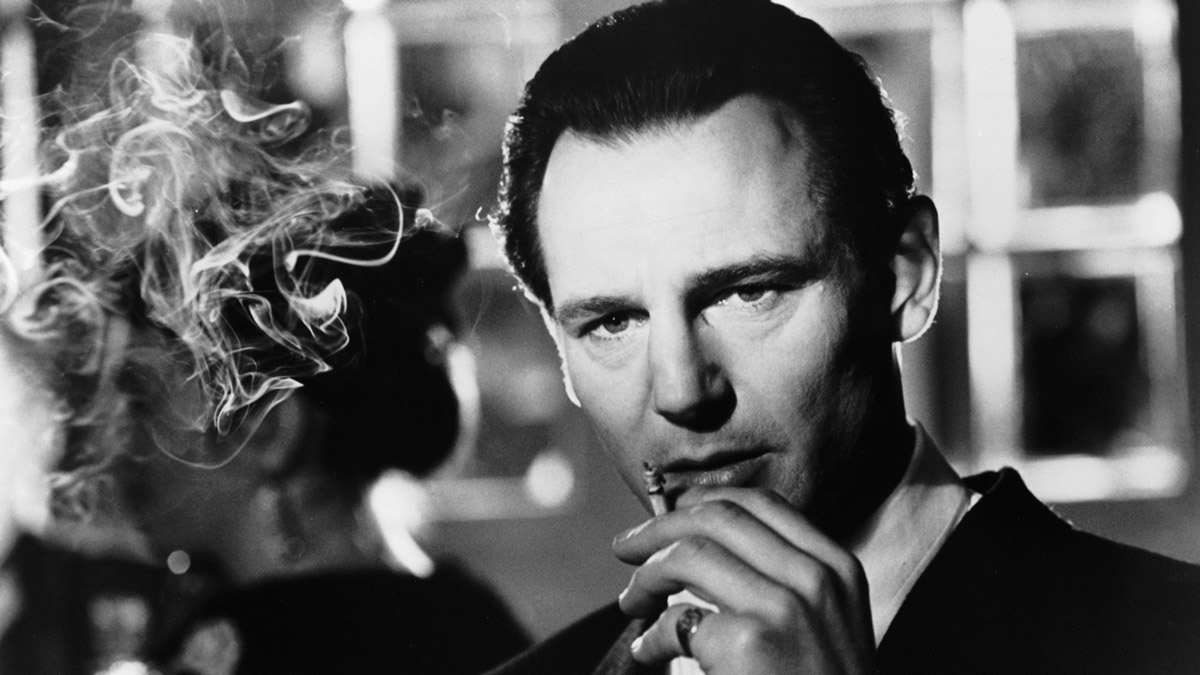
(C)1993 UNIVERSAL CITY STUDIOS, INC. AND AMBLIN ENTERTAINMENT, INC. ALL RIGHTS RESERVED.
Efforts toward “sound” that transcends the boundaries of “Schindler's List” and “Spielberg films”
2019.07.07
"Schindler's List" synopsis
1939. German businessman Oskar Schindler (Liam Neeson) arrives in the ancient Polish capital of Krakow. An ambitious Nazi Party member, he uses clever talk and bribes to infiltrate the upper echelons of the German military and quickly becomes successful at a munitions factory. He employs a talented Jewish accountant, Isaac Stern (Ben Kingsley), as well as other poorly paid Jewish workers. As the persecution of the Jews escalates, Schindler sees them becoming victims of horrific atrocities in the concentration camps.・Start making a list to give to Fiennes...
Index
- A minimalist John Williams song
- The meaning of the song that plays in the background of “The Girl in the Red Coat”
- Adopting a digital sound system that we developed ourselves
A minimalist John Williams song
Feature films are usually accompanied by an underscore. Generally referred to as ``accompanying music'' or ``background music,'' it is an effective element that uses music to enliven the story and characters' emotions in a play.
Steven Spielberg's Holocaust film ``Schindler's List'', made in 1993, has a modest synergy between his specialty of visual expression and the underscore. After the Nazi invasion of Poland, German businessman Oskar Schindler (Liam Neeson) comes to Poland in search of business opportunities. The film depicts a man like this master who, upon witnessing the Nazis' genocide of the Jewish people, becomes more committed to humanitarianism and decides to save 1,100 Jews, including his employer.
There are also the heroic marches that accelerate the action as in ` `Raiders of the Lost Ark' ' (1981), and the orchestral sounds that adorned the boy Elliot's adventures and farewells in `` ET '' (1982). do not have. It has nothing to do with the experimental nature of Close Encounters of the Third Kind (1977), in which the five-tone signals emitted by Close Encounters of the Third Kind transform into a symphony.

"Schindler's List" (C)1993 UNIVERSAL CITY STUDIOS, INC. AND AMBLIN ENTERTAINMENT, INC. ALL RIGHTS RESERVED.
Some interpretations could be that ``because it's a historical fact, they didn't do much about it'' or ``the pursuit of a serious theme naturally makes the music lose its place.'' But above all, the underscore gives the images rhythm and slowness, perceptually alleviating the stress that long works bring. This should help the production of a black and white film with a running time of 195 minutes, which is extremely risky in the entertainment market. However, the underscores in a movie, which are said to make up about 50% to 70% of the entire movie, only account for less than 20% in this movie.
John Williams , who has been exclusively in charge of composing music for Spielberg's works, is said to have responded to the director's plan with a different approach from the collaboration mentioned at the beginning.
"I was conscious that I didn't want the film to become a melodrama. I felt that what the story needed was gentle, loving music. But this film has less music than usual. We knew that the way Stephen chose to do it was to keep the music very simple, because there was nothing tricky about the way he shot ' Schindler's List.'
This idea of Williams was respected, and he prepared a simple and impressive main theme that symbolizes the work and conveys a strong Arrival. Also, based on his experience as an arranger for the film adaptation of the musical `` Fiddler on the Roof '' (1971), which depicts Jews, he chose the violin as the main instrument, as it symbolizes ethnicity and its tone is directly connected to the soul. Insist on instrumentation. This is the first time that Israeli violinist Itzhak Perlman has been used as a performer in a commercial film score.
The meaning of the song that plays in the background of “The Girl in the Red Coat”

